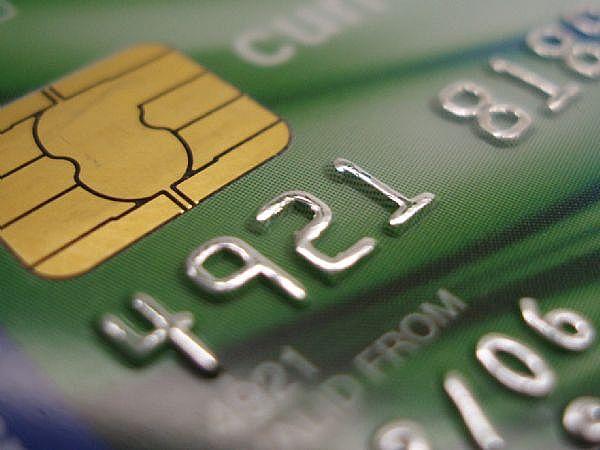There are now more sales transactions completed using credit and debit cards than with cash. This holds true even if you exclude online transactions that are nearly 100% card transactions. Even in typical retail stores more sales are completed using a credit or debit card than by cash or check. The question of 30 years ago “Paper or Plastic” has now expanded to payments as well as the type of bag being used and the answer is still the same the majority of the time – plastic. The next question to be asked by business is how to keep the costs of these transactions as low as possible and use the trend to increase sales?
Lowering the Merchant Cost for Credit Card Transactions
With over 60% of sales in general being paid with credit and debit cards and in some niches well over 90%, the fees charged to the merchant for accepting cards now are a major expense that must be calculated into margins and kept as low as possible. All card transactions (with the sometimes exception of an actual branded store card) incur a fee. Debit cards have a lower fee than credit cards and some cards have lower fees than others but ultimately the merchant is paying a fee to allow the customer the convenience of using a card. Steps can be taken to influence a customer’s decision in which card to use to minimize these fees.
The most common cost cutting steps seen are in simple marketing tools. For large retailers with their own store card it is common to offer a small discount for use of the store card. It is typically a requirement of all cashiers to ask “Will you be putting this on your xyz card today?” prior to ringing up the transaction to urge the customer in that direction. For smaller retailers and online stores the use of a sign or graphic saying “Visa is the preferred payment method” (or whatever card) or simply having a large picture of the preferred card (which will always be the card with the lowest transaction fee or special retailer program offered) and smaller pictures of the other accepted cards.
A merchant can also reduce fees by careful shopping for credit card processing companies. The larger the business volume, the greater the potential savings by shopping competitive agencies. In addition to finding the most competitive processor, make certain that you look at the programs offered at Cardfellow on a regular basis so that the buying habits of your customer base are reflected in the pricing. If you have many small receipts and transactions, a low base per transaction price is worth more than a couple tenths off the percentage as an example.
Using Credit Cards to Reduce Labor and Increase Sales
To increase sales by acceptance of credit cards is easy. Simply accepting credit cards increases sales by over 20% on average. It allows for purchases that exceed the amount of cash a customer has on hand as well as caters to the growing percentage of people that no longer carry significant amounts (if any) cash. While this is simply common sense in a brick and mortar retail store, now it is possible for even vendors at places like a farmers market to accept credit cards remotely with a small device that attaches to their smartphone.
Remote card processing such as the one offered by CardCutters also works well for in home sales or at the signing of contracts with a deposit. The ability to accept payment on the spot seals the purchase process in the mind of the consumer and allows the person to feel it is done and no longer need be worried over. This reduces the percentage of people that change their mind from a presentation to completion of contracts.
Many retail stores and in particular restaurants and bars are able to significantly reduce labor costs by allowing wait staff to process credit card payments at the table or at the customer’s location. This reduces time spent walking back and forth to retrieve cards and doing administrative payment duties instead of providing service to customers. As well as higher customer satisfaction, number of wait staff can be reduced using this method.




